
mercer
-
Posts
7,849 -
Joined
-
Last visited
Content Type
Profiles
Forums
Articles
Posts posted by mercer
-
-
14 minutes ago, sandro said:
Great!Anything else? Maybe narrower focal range?
In my opinion you want to get lenses from the same manufacturer from the same lens line up. If I were you, I would start investing in the Rokinon/Samyang/Bower lenses. Or if they're a little too pricy for you, then breakdown your lens line up into interior and exterior lenses. By doing this the slight difference in lens characteristics can be negated. Btw, what type of video work do you do? This also can help to steer you in a specific direction.
-
17 minutes ago, Pavel D Prichystal said:
Thats the thing. I have the most common lenses (16/2.4, 30/2) together with two old ones (Super Takumar 50/1.4, CZ Jenna 135/3.5) for video work only, but what Im looking for is more information on that topic. To find out if its worth the swap for more powerful (but also more expensive) lenses and what difference do these lenses make. To find out even a little, I need at least the kickstart from somebody who already made the leap and did the research. So if I may ask, what is your knowledge on this topic?
Pavel, I know very little about lenses that resolve 6K, but I know a lot about vintage lenses. When I bought my first camera for video, I could not afford any expensive lenses, so I bought vintage. And I bought a lot of them. I spent days upon days reading and watching reviews, looking at sample images and videos. So, with my credentials behind me, I think you should be fine with those lenses. If you have some money to spare on some really good lenses, then I would recommend it with the NX1. The sensor is demanding. I own the NX500 and I found that you can get a good image with many different lenses, but you can get very clean clinical images with more modern glass. So, the next question is, what type of video do you plan on shooting? Is this a hobby for you and you plan on shooting the best family get togethers and birthday parties? Do you plan on shooting pro events or weddings? Do you hope to shoot narrative or documentary pieces?
-
1 hour ago, Pavel D Prichystal said:
Mercer, slightly off topic, but still on subject: You mentioned 6K lenses and I guess you made your homework. Could you appoint me to info which lenses are 6k+ resolution ready? Or how did you found yours?
Hi Pavel, in that post I was quoting Kidzrevil. He has the Zeiss Milvus lenses that are supposed to be capable of resolving 6K. He has gotten some great results with them. But a lot of other NX1 users have been using various other lenses that work very well with the camera. What kind of lenses are you looking for?
-
Yeah it does!!! I have it in Nikon to m43 and it is an amazing product. I also am waiting on a used/mint ef to m43 from fotodiox clearance, so I can use it with every other lens mount I own. I like the product so much, I am probably going to hold off on a speedbooster for the time being.
-
Yes, I love vintage Tokinas. I also have the RMC 17mm f3.5, and the RMC 25-50mm f4. And the AT-X 24-40 and AT-X 35-70, both f2.8. All of them are great lenses. obviously, I meant to type Cosmicar in the description, but damn auto correct... but i agree, that lens really holds its own for a 40-50 year old TV, c-mount lens. The only reason I think I am leaning toward the Tokina is I think the bokeh is weightier than the Cosmicar... the Cosmicar has a lighter, almost nostalgic look to it, which may be perfect for a short I plan on shooting later in the year. Btw, I have that Pentacon lens... picked it up for 5 bucks a while back, but I never got around to using it... I'll have to give that a test one of these days.
-
Yup... Yet Another G7 Test. This time I am really trying to decide between a couple lenses for my upcoming movie project... the Tokina RMC 35mm f2 lens vs. the Cosmical 25mm f1.9 lens. I adjusted the curves and threw a couple LUTS on the footage to get close to the kinda "look" I will eventually want. The technical info is... this video was shot in CineLikeD with everything dialed down. With my tests I have found I like this setting the best. Eventually, I would like to test the Leeming LUT, as TheRenaissanceMan suggested a couple weeks ago, with the advised Leeming LUT in camera settings, but I am waiting until he has a fully developed G7 version. I am sure there are flaws all over the place in this video, but since it is merely a lens test, I decided to let them roll. As always... any tips or criticisms are encouraged and if there are any other G7 users, please feel free to post your work as well. I am really hoping to have a thorough discussion about this awesome little camera.
-
1 hour ago, kidzrevil said:
Currently im really thinking the gh4 is the most reliable option out now. Nx1 is good cause of the high res stills look spectacular especially when you downscale to like 12mp. Currently spending some more time testing ny nx1 before i make the decision to go gh4/g7 with speedbooster and zeiss milvus glass
Have you thought about selling your nx1, picking up a used nx500 for stills and some of that NX video you like and a speedbooster gh4/g7 as your primary video camera?
-
3 minutes ago, boxtree said:
So I think this post and others on the forum have sold me on the G7 and Sigma 18-35 combo. But looking at the Metabones adapter their seem to be three flavours normal EF, ultra and XL, are the latter two worth the additional couple of hundred pounds? If so can you please explain to the layman.
Thanks.
With the XL you are getting a .64x as opposed to a .72x... So, in full frame terms, if you have a 28mm lens on an m43, the full frame equivalent FOV would be 56mm when you add the regular speedbooster the same 28mm lens, you would get a FOV equivalent to a full frame 40mm and gain a stop of light. With the XL you would get a 36mm and gain a little more than a stop. The XL glass may be of better quality as well, but I am not a hundred percent sure of that?
-
3 minutes ago, Cinegain said:
RJ seems to have the BAVEyes beat. Metabones still king. But resolving wise the RJ seems to cope pretty well but seems to worsen chromatic aberration/purple fringing behaviour the most. Too bad they didn't include the Zhongyi in the test. But people seem to really appreciate the latest version from Zhongyi, so I'm going to give that a go and skip the BAVEyes. I'll get myself an EOS to m4/3 for my Contax Zeiss f/2.8 primes and then add the K&F Concept C/Y to EOS adapter (eBay; their stuff is great).
Which Contax Zeiss did you decide on?
-
Were these tests with your new lenses or with your Nikkors?
-
1. FS5 2. D5500 3. 1DC
-
-
This conversation occurs once every 6 months and it usually ends with disagreement.
Digital has not surpassed film.
Cinematic and filmic are different and independent of one another. A movie can be cinematic but not filmic. A movie can be filmic but not cinematic. Or it can be both or neither.
-
-
2 hours ago, jcoons32 said:
+1 for VIsionColor. Their VisionTech profile is great for Canon cameras, far better than the CineStyle profile in my opinion. VisionColor also sells a pack of LUTs called "Osiris" that look GREAT slapped on top of footage shot with the VT profile. Also, Magic Bullet Film and Looks might be worth looking into. Film involves a lot more tweaking, but Looks has a lot of really good looking presets. When I was starting to color grade, I would select a Look, place it on a clip, and I would try to emulate the Look on another clip with no effects. It was a pretty good exercise to learn about warm, cool, contrast etc. But I'm not sure how far along you are now after watching that tutorial video. It sounds like you've gotten a lot out of it.
I have the Magic Bullet film demo and it is great. I was able to get a lot of the "looks" I am after and I tried the same thing by attempting to emulate what Film did. It definitely helped me. And I actually learned a little trick. By using the demo, you can use FCPX Color Match to closely emulate the processed footage through Film and then tweak it a little more to get it closer.
To be honest, I have no problem using one of these "looks" programs. My only concern is the quality of the look. I have a plug in called cinelook from color grading central that I like a lot, it gets the image to that stylized look I am after, but it seems like it may be degrading the image, I don't know.
For instance this shot...
That is directly from the camera and when I add the cinelook plug in to it, I get this...
I also added a layer of curve adjustments. It seems like this tutorial will help me to get there, without using the plug in. We'll see. Thanks a lot for replying, I find coloring to be extremely difficult, so any pointers or tips are greatly appreciated!!!
-
On February 24, 2016 at 3:36 PM, Bioskop.Inc said:
There is a free Colour Grading tutorial from Color Grading Central, which should give you a very good starting point:
http://www.colorgradingcentral.com/final-cut-pro-x-color-grading-table-of-contents
This got me started & was very useful.
My advice is to start with the tutorials before spending any cash, so you can understand the grading tools & process of FCPX. Then just use some free LUTs in combo with what you've learnt from the tutorials (LUTs will give you a starting point & thenn you can go from there to tweek stuff you're not happy with).
Hey, I wanted to thank you for giving me the link to that tutorial. I had watched the first part of it about 6 months ago when I first got the Color Finale demo, then when I upgraded to the full version, I forgot to go back to it. I just watched the first 20 minutes of it and I swear I have gotten better in the last 20 minutes than I have tinkering with Color Finale for the past 5 months.
-
1 hour ago, bunk said:
Looks cool! If it works for you like that I would stick to it. Never change a winning team. looking forward to your first rushes
I like the look, but I assume that plug in will degrade the image quality, so I have been trying to reproduce it by using conventional grading. Plus that CineLook plug in brings my Mac to a grinding halt.
Thanks for the tips, and interest in my neverending tests... It's really appreciated!
-
14 minutes ago, bunk said:
I ended up using my CineD-to-Vlog setting in DaVinci. I think it is close to what Balazer is doing, but without going to an ACER-like colorspace.
Gives a lot of control ...especially to Close-up shot was way easier to grade then using an inverted curve in AE. Attached the DaVinci setting for whio is interested.
I don't think the .drx is needed ...but just in case.
If you are serious about grading drop anything you use now and go for DaVinci ....it's really that good.
Cheers.
They look really good. Great job!!! Davinici seems like an amazing program. My problem is that I am not that serious about grading. I am a screenwriter that also loves shooting, so I am looking for an outlet for my writing and a look for my films.
For instance, here is a grab from a recent test shot with the same Tokina lens.
CineLikeD with everything dialed down...
Here it is with a minor curve adjustment and a little hue adjustment with red and yellow...
And here's the next level adding the CineLook plug in.
That last one also has a touch of gorilla grain.
-
25 minutes ago, Bioskop.Inc said:
Forgot to say, that yes, 10-bit footage would make learning CC a lot easier - a hell of a lot easier!
Also, FilmConvert is my favourite plug-in, but take a look at what Vision Color offer too, as they seem to be flavour of the month (used their Canon Picture Profile with great success) - but each to their own!
Thanks a bunch. I have always wanted a pocket cam and I may have a little extra money in a couple weeks, so I've been contemplating picking one up. But I'm not sure. Do you shoot Raw with it or prores? Are the raw files dramatically better than the prores?
-
2 hours ago, Bioskop.Inc said:
No I don't, as my iMac is too old & so can't get it. But if I could I would get it without a moments notice.
That series of videos is so useful & it'll help with solving the skintone problems that you were having in your other post.
Yes, I've got the BMPCC & grading with 10-bit footage is like discovering Eldorado!
The thing with 8-bit footage is that you can't really push it too hard - it'll just fall apart too easily. My rule of thumb, when I used to shoot 8-bit, was to get it as close to perfect in-camera & then any grading was performing minor tweeks so as not to destroy the footage. At the moment, I've been re-visiting a rejected project that I shot on my Canon 60D & most of the shots are fine, but some really need Film Grain to cover up stuff - but am really enjoying the limitations!
The way I've always seen filming is to get it right or as close as you can, when you are filming - thinking that you can or should just fix things in post is making more work for you in the long run & you won't really learn how to film properly with that mindset.
So 8-bit footage is a really good education, as it should teach you how to film properly. As for 10-bit footage (or Raw), it just gives you more options once you get your paint brush out - neither is going to save really badly shot footage.
I agree, my goal is not to fix in post, I am trying to get it as flat as I can, without ruining the image, so I can pull as much information as I can from the footage.
I really love the subtle nuances in shadows. Like many, I started with Canon as well using Prolost Flat. On most occasions, I'd only need to add a little contrast and that was it, and even lens choice played a bigger part in the look. With these newer cameras, there is so much more latitude and that extra stop or two is like fool's gold.
Anyway, thanks for your help, I'm going to use that tutorial series to help with my next round of tests.
-
4 hours ago, jagnje said:
80% zebras are for skin colors, for white people at least. That is used by default in the ENG world. Zebras at 80% and you let just a hint of them on the forehead/cheek. That is a television standard, at least around here. ENG cameras ussualy have very limited DR and very poor highlight rolloff, so this is a way to avoid a messy shot. On higher DR cameras(dslr an above) I always set zebras to 100% so I know exactly what is getting blown out.
Thanks jagne, that helps a lot.
-
2 hours ago, PannySVHS said:
Hey Merc!
One thing I recognized, I had to be pretty careful with the color sliders on the Cine D file. Also, light in this scene seems challenging to pull something magical out of this file. We nerds love to talk about thick colors when it comes to the technical side of the digital pipeline. I think thick light would be just as much appreciated. These dull winter days don´t often provide that at them moment. I think one can immediately recognize the magic glow of light by eye. Not talking about magic hour but the very different beasts of light depending on time of the year, day, haze, dust, sandstorm:), region, whatsoever...:)
I noticed the same thing too. I had a good bit of latitude, but then... One more little tweak... and it fell apart... quick.
And you are so right about the light.
The problem I had with these shots were it was just bright enough to use an ND, but there was just enough pockets of shadow that I really had to be careful what I decided to blow out.
Do you use zebras? I have mine set at 100, but I remember reading somewhere that you should set them at 80 or 85 when filming people. When your filming a person outdoors, do you set them at 80 or 85 and then use the histogram to help expose the rest of the shot?
-
3 hours ago, Bioskop.Inc said:
There is a free Colour Grading tutorial from Color Grading Central, which should give you a very good starting point:
http://www.colorgradingcentral.com/final-cut-pro-x-color-grading-table-of-contents
This got me started & was very useful.
My advice is to start with the tutorials before spending any cash, so you can understand the grading tools & process of FCPX. Then just use some free LUTs in combo with what you've learnt from the tutorials (LUTs will give you a starting point & thenn you can go from there to tweek stuff you're not happy with).
Bio, do you have the BMPCC? If so, do you think it is easier to learn to grade with a more robust codec? Or is it better to sow your oats with 8 bit and learn how to manipulate a more fragile codec?
-
Yeah, I think I'll give that a go. Thanks!!!



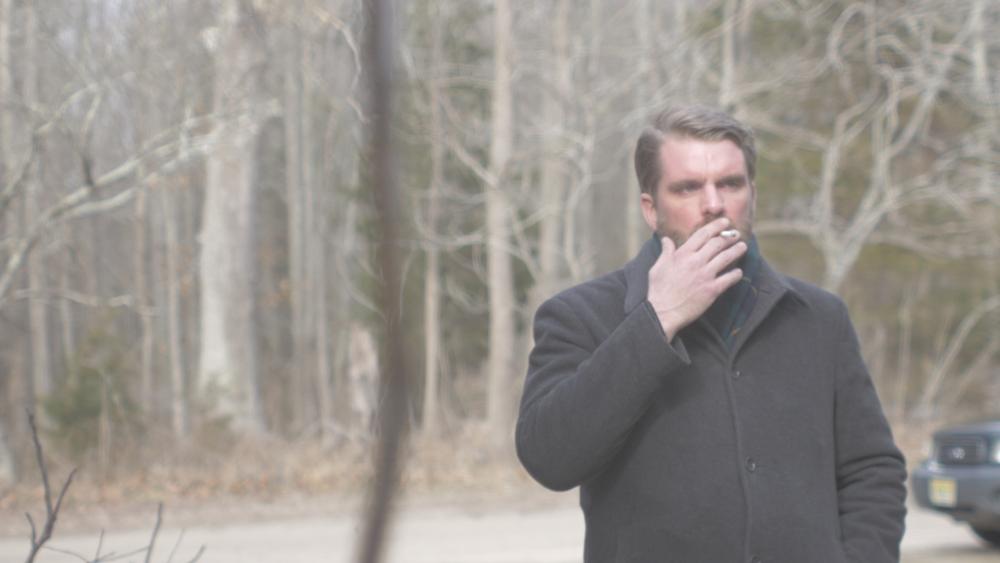
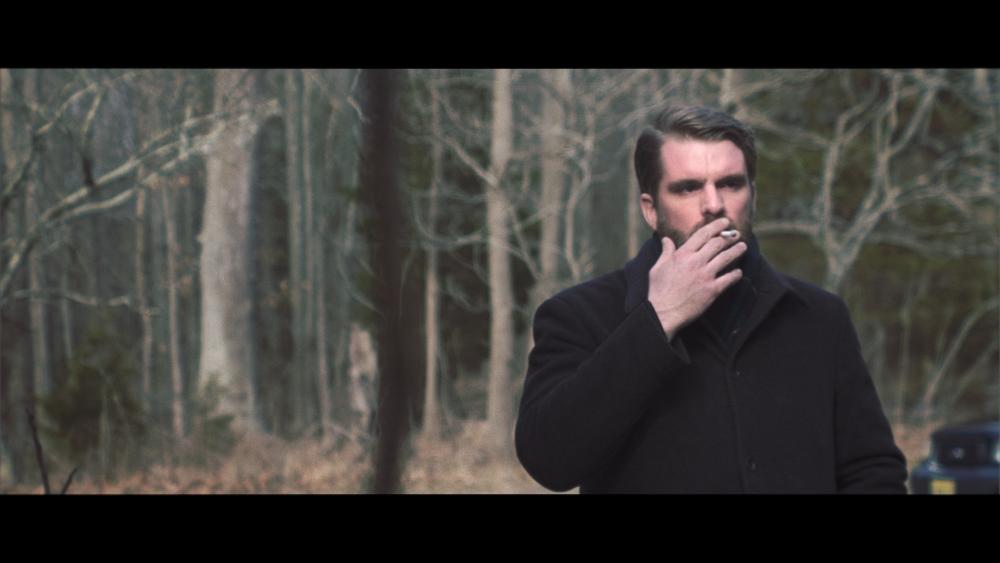
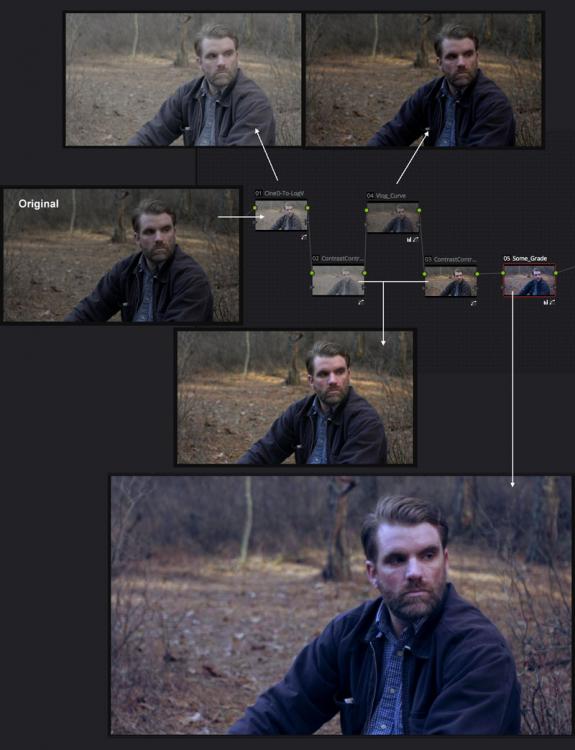
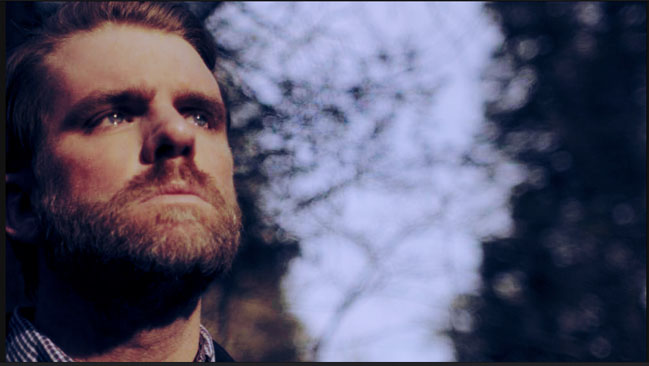
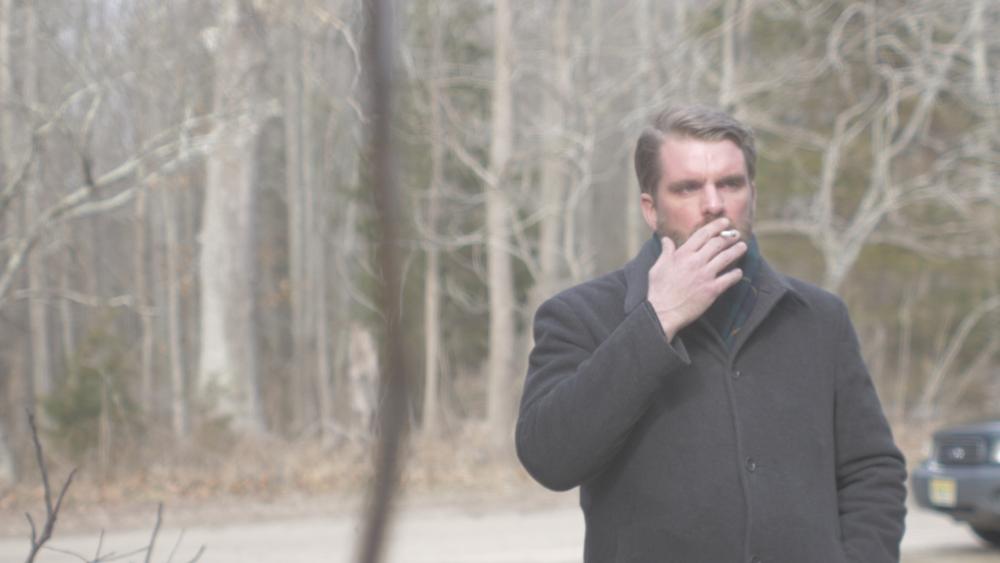
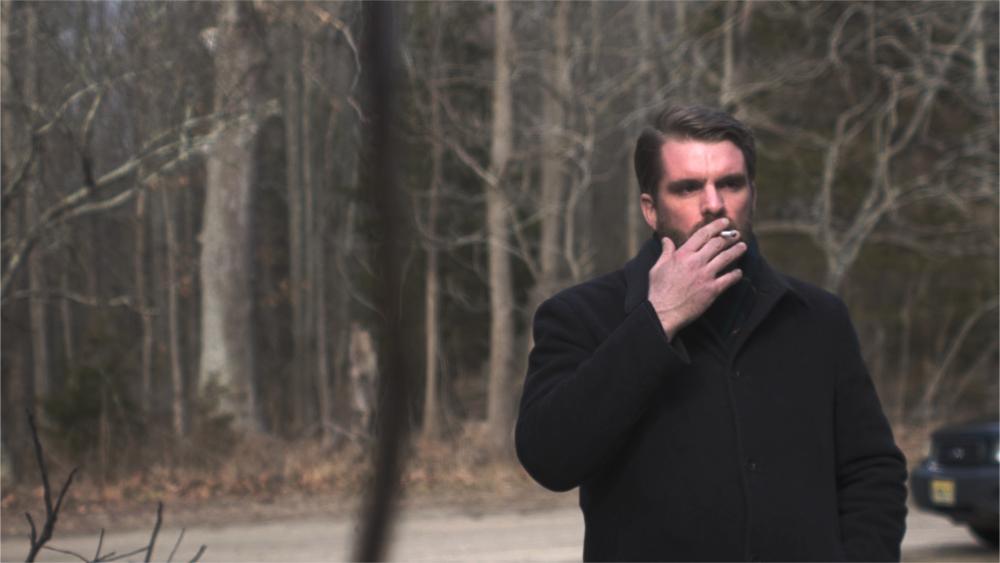
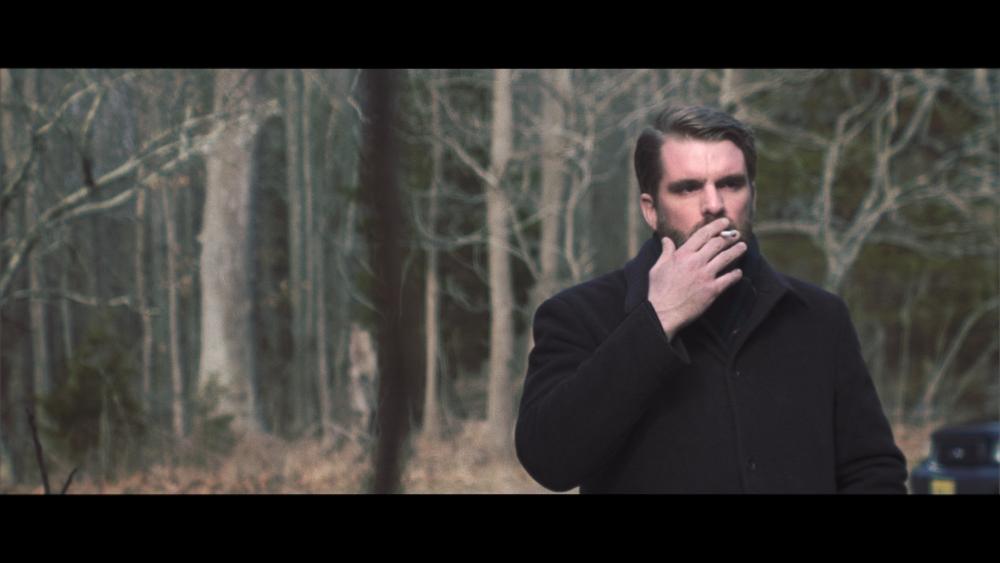
Samsung NX1 - Best Lenses
In: Cameras
Posted
I recently came across some older Samsung lenses that were made for the PK mount by Schneider. These could be excellent choices for the demanding NX sensor.